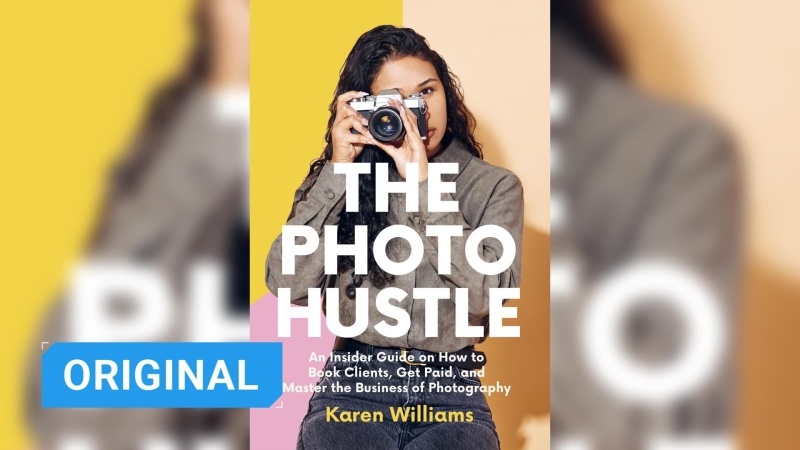Aspiring photographers dream of shooting for prestigious clients like Rolling Stone, Vanity Fair, or Vogue. But breaking into the industry often feels impossible. The business of photography is fiercely gatekept and can leave talented artists sidelined despite their skills.
Karen Williams wants to change all of that, and in her new book, The Photo Hustle: An Insider Guide on How to Book Clients, Get Paid, and Master the Business of Photography (Mango Publishing; May 13, 2025), she reveals the secrets the industry doesn’t want you to know. Williams draws upon a wealth of experience from her time working as a photo editor for brands such as Netflix and Wired, and aims to help level the playing field across the commercial and editorial photography industry. DIYP caught up with her to talk about her new book.
DIYP: Can you share more about your own background and how you ended up in this career?
Karen: I fell into it. I studied photography, thinking I’d be a fine art or family photographer, but school didn’t teach the business side. After my MFA, I interned at a publishing company and discovered photo producing which is finding artists for creative briefs.
This job is 99% desk work: logistics, calls, and problem-solving. It’s a job you either love or hate. Yes, there are glamorous shoots, but 99% of the time, you’re behind a desk handling logistics. It’s fast-paced, high-pressure, and constantly changing, but it’s rewarding too.
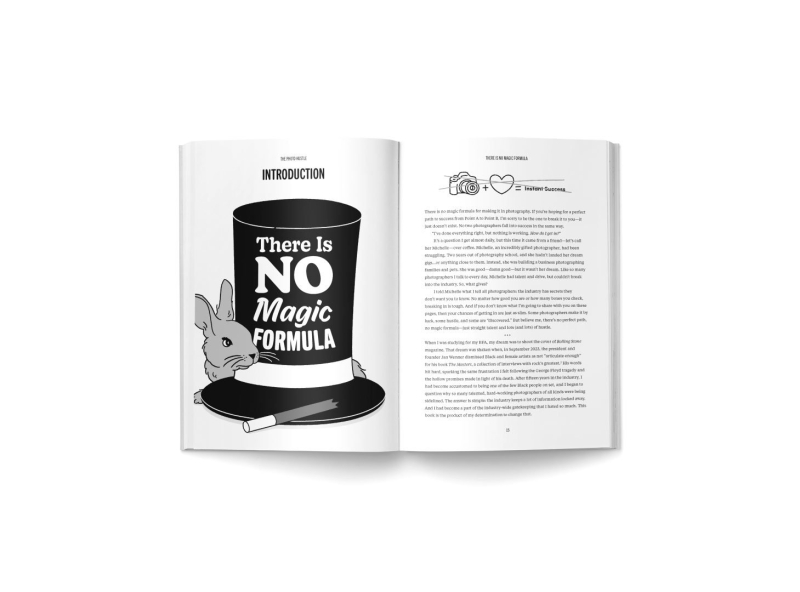
DIYP: What inspired you to write The Photo Hustle?
Karen: The Photo Hustle has been a passion project of mine for over 10 years. I’ve had so many conversations with photographers and creatives who kept asking me the same questions. I realised the photography industry often acts as a gatekeeper; there’s useful knowledge out there, but it’s scattered and rarely from the hiring side of things.
So, I took everything I’ve learned over 15+ years in editorial, tech, brand, and commercial photography, and put it into this book. It’s designed to help photographers understand how hiring decisions are made and give them insight into industry dynamics, things I wish I had known when I graduated and asked myself, “Now what?”
I realised I wanted to educate people. I’m not giving away trade secrets; you still have to do the work. But I want to share foundational knowledge that schools often don’t teach: what hiring managers look for, how we think, and how you can better prepare.
This book covers how to present yourself, how to reach out to brands and publications, understand contracts, NDAs, on-set etiquette, and how to avoid being blacklisted. I had to figure out most of this myself, often turning to Google to navigate the industry.
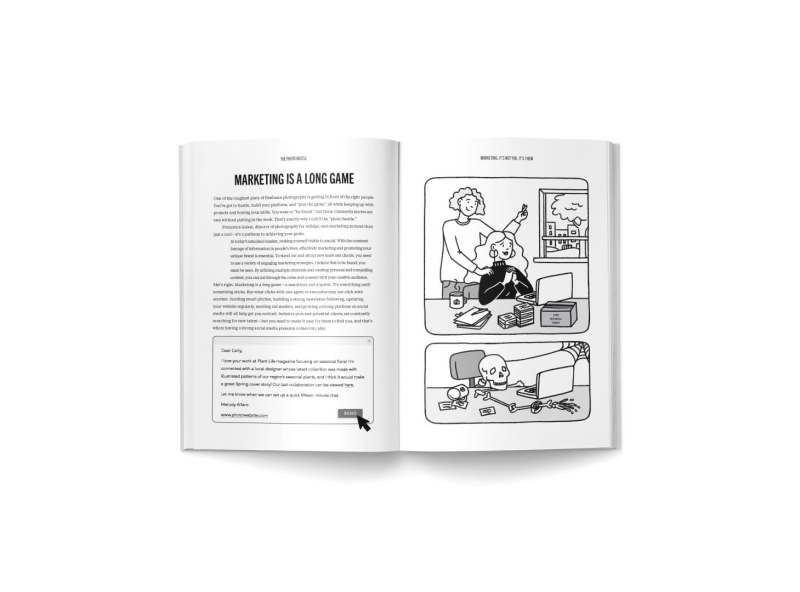
DIYP: What kind of questions were photographers asking you the most?
Karen: Mostly about websites—how to present themselves, what order to show their work in, what to include, what to leave out.
I always tell them: start by understanding your why. What do you ultimately want to do? For example, if you want to shoot food for big chains like McDonald’s or Starbucks, your portfolio should reflect that. If I’m a creative director at Taco Bell and I don’t see tacos or anything Mexican on your site, that’s a red flag.
Do the “unsexy” work, research the brands you want to work with. Look at the photographers they already use. How are they presenting themselves? Speak the “visual love language” of the work you want to attract.
DIYP: What about pricing? How should photographers approach that?
Karen: There’s no magical formula. I wish there was! Some clients have large budgets, some don’t, and it also depends on the economy.
Before setting your prices, understand your personal finances. Know what you need to earn just to break even, that’s your starting point. Then think about whether your presentation supports your rate. If your website has broken links, typos, or doesn’t show your best work, and you’re charging $10,000 a day, that’s a tough sell. And remember: even if a creative director loves your work, they usually have to convince a team of stakeholders.
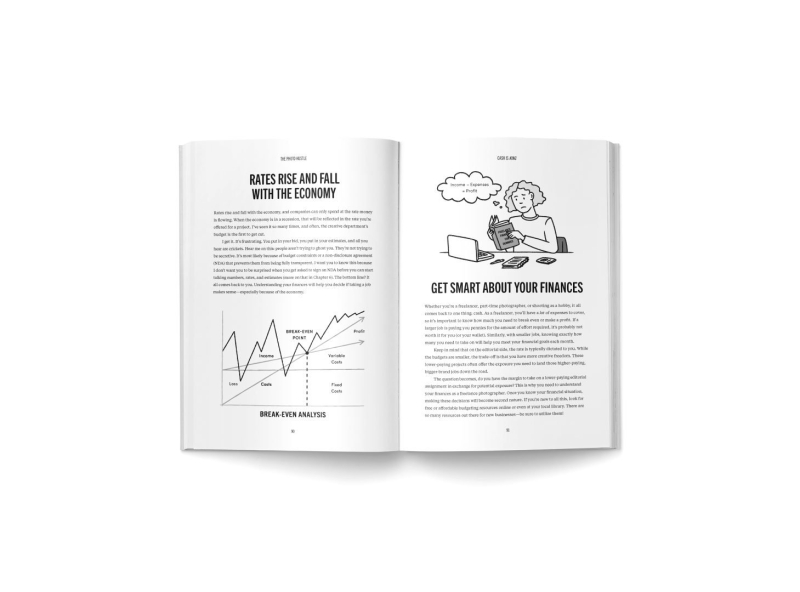
DIYP: What are some common misconceptions new photographers have about breaking into the industry?
Karen: That you’ll make lots of money fast. If you’re in it for the money, you’ve already lost. Freelance life is full of highs and lows. In LA, for example, 2022 was booming post-pandemic. Then in 2023, the strikes hit, and everything paused. Editorial and event photographers were heavily affected.
I know photographers who panic after two months without work and question their whole career. That’s why I push for realistic expectations. You can make six figures, but is that before or after taxes? Is it sustainable?
You must market constantly. Early on, it feels icky, but it’s necessary. And diversify: the book includes side hustles for slow periods. I’d rather you be in a good mental and financial place than take any job out of desperation, because doing a bad job can ruin your reputation.
You can get a job adjacent to photography or something mindless that gives you the energy to be creative afterwards. Build a runway. Maybe after a year, you’re in a place where you can pursue photography full-time. And remember: you can always go back to a 9-to-5 if you need to.
DIYP: What do you say to photographers who are overwhelmed by what to include in their portfolio?
Karen: I always tell photographers: Before you stress about your portfolio, go back to the basics. Ask yourself: What do you really want to shoot? Who do you want to work with? And what kind of work is actually out there in the market? Once you have a clear understanding of that, you can curate a portfolio that speaks directly to those opportunities.
Photography is an art form, and with the rise of smartphones and AI, there’s a misconception that anyone can do it. And sure, many people can take a technically decent photo, but not everyone can create a compelling image that speaks as art. That’s what clients are hiring: you, the artist, not just someone with a camera.
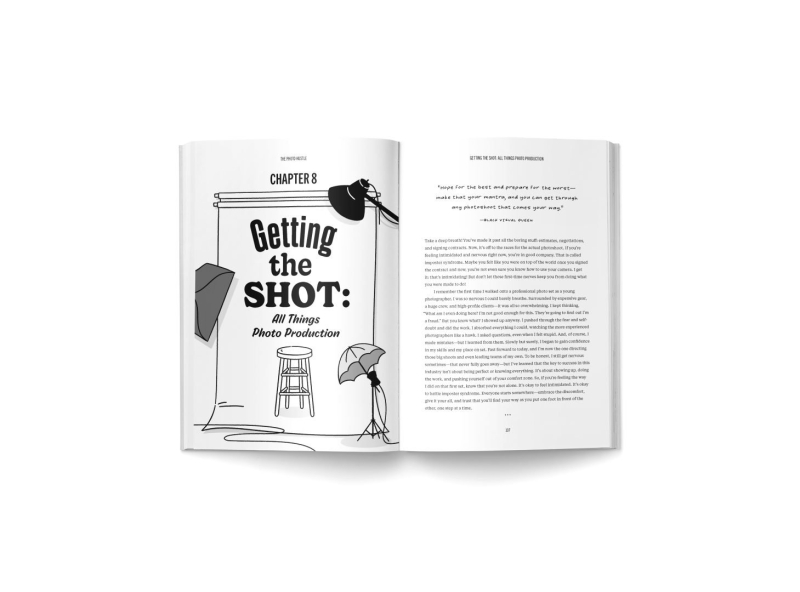
DIYP: Is your book also useful for people switching careers, not just for those starting out?
Karen: Absolutely. I structured the book around pillars that are relevant at any stage. I wrote it because there wasn’t a resource like this, especially not from someone on the hiring side.
A lot of books out there are by photographers, often white men, who had different experiences than women or people of colour. My perspective is different, and I hope it resonates with others who feel unseen in this industry. When I started, there were hardly any people of colour on the production side. I had to be my own advocate. Sometimes I was the “diversity hire,” but I knew I wouldn’t be rehired if I didn’t do a good job. Talent and results matter. When I’m in a position to hire, I always advocate for diversity, but ultimately, I still hire the best person for the job.
Success looks different for everyone. And photography is a broad field. Wedding photography is very different from commercial or editorial work. But the principles in my book apply to all: know your market, understand your audience, and tailor your portfolio accordingly.
DIYP: Do you have any upcoming projects or new ideas related to your book?
Karen: Yes! I’m really excited about what’s coming next. The book is just one way I’m trying to get this information out there, but not everyone connects with books alone. So I’m currently developing an online course (hopefully to launch in August this year) that will build on everything in the book, but in a much more hands-on, in-depth way. It’s really designed for photographers who are ready to do the work and invest in themselves.
This course is structured to walk people through what I call “the foundation”, from clarifying your “why” as an artist. Then it goes into building a strategic portfolio that actually attracts the kind of work you want, rather than just showcasing what you’ve already done.
I also go into topics like managing your finances, understanding basic contract terms, and developing negotiation skills. A lot of photographers don’t understand these details, and they can end up signing away more than they realise. So the course gives you that essential industry literacy.
And beyond the business side, we’ll also touch on photo shoot etiquette and emotional intelligence, because those soft skills are what keep you getting hired again and again. I want it to be thoughtful and really valuable, something photographers can come back to as they grow in their careers.
DIYP: What’s the number one thing you hope people take away from your book?
Karen: Honestly, the biggest takeaway I hope readers walk away with is empowerment. I want artists to truly understand who they are and what they’re trying to say through their work. Because when you have that clarity, when you really know your artistic voice, everything else starts to fall into place. Your portfolio makes more sense. Your marketing becomes more focused. You know which opportunities to pursue and which ones don’t align with your goals.
Karen’s book The Photo Hustle is available to buy now for $19.99. You can follow Karen on her website or Instagram.
